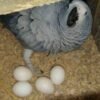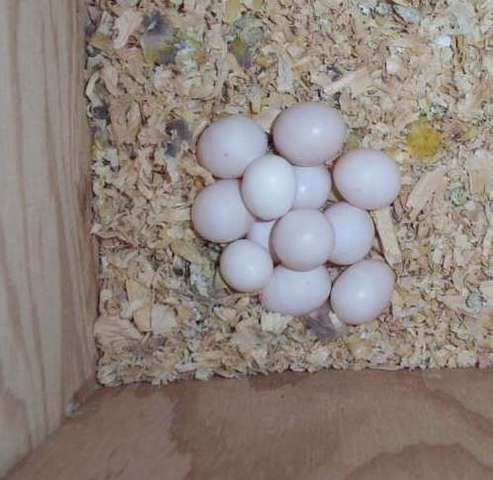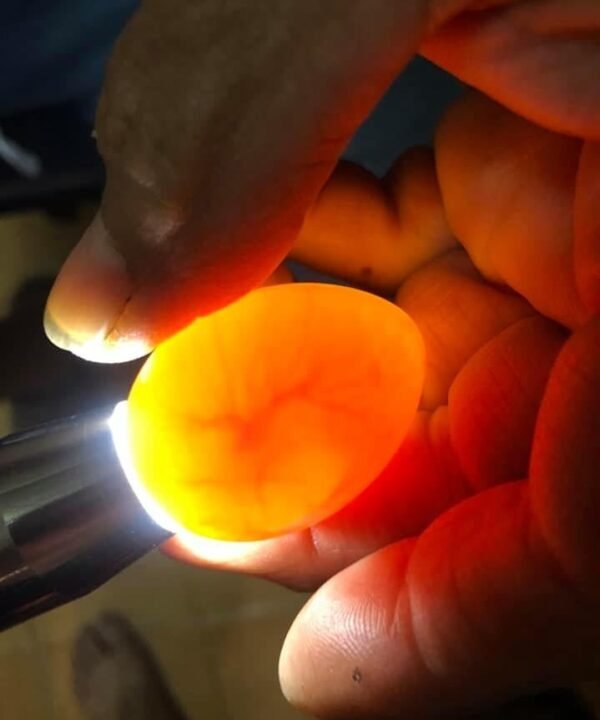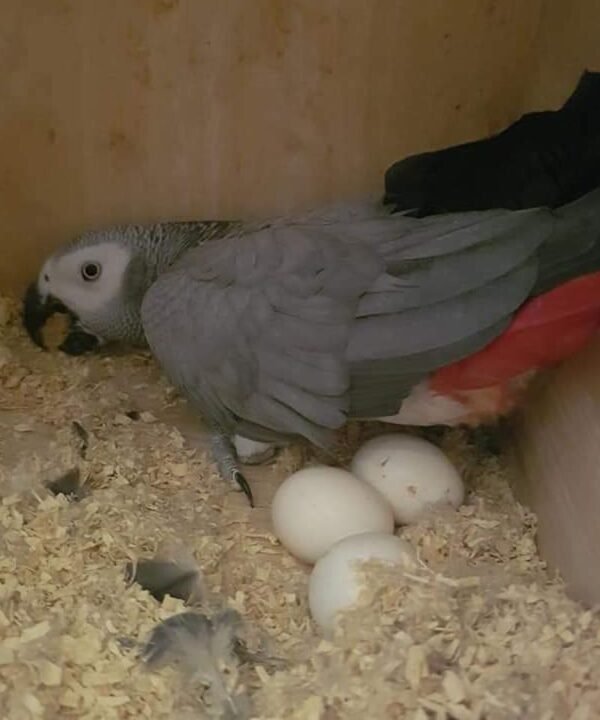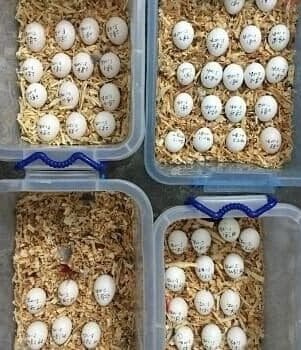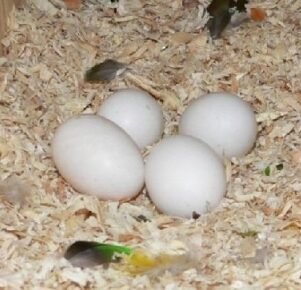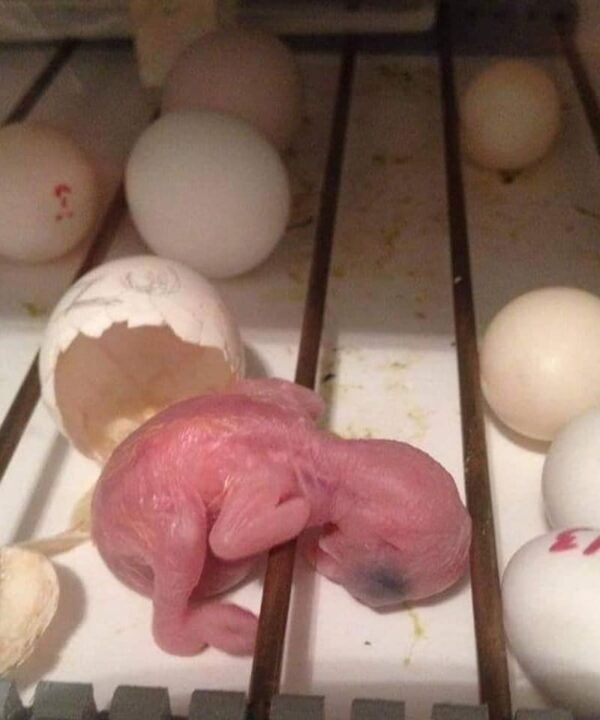$100.00
Moluccan eclectus parrots are one of the more popular birds kept in captivity, either parented or hand-reared. Unlike many other species of parrots, they are relatively easy to breed yet difficult to hand-feed.
Moluccan eclectus are generally calm birds in captivity, displaying a pensive affect when faced with novel items or situations, which may give rise to the mistaken impression that the species is ‘dull-witted’. The eclectus may also exhibit more neophobia than other species of companion birds. Eclectus parrots are prone to feather destruction (picking, pulling, cutting, and/or barbing) in captivity.
The Moluccan eclectus (Eclectus roratus) is a parrot native to the Maluku Islands (Moluccas). It is unusual in the parrot family for the extreme sexual dimorphism of the colours of the plumage; the male having a mostly bright emerald green plumage and the female having a mostly bright red and purple/blue plumage. Joseph Forshaw, in his book Parrots of the World, noted that the first European ornithologists to see eclectus parrots / eclectus parrot eggs thought they were of two distinct species. Large populations of this parrot remain, and they are sometimes considered pests for eating fruit off trees. Some populations restricted to relatively small islands are comparably rare. Their bright feathers are also used by native tribespeople in New Guinea as decorations.
The Moluccan eclectus is unusual in the parrot family for its marked visible light sexual dimorphism in the colors of the plumage. A stocky, short-tailed parrot, it measures around 35 cm (14 in) in length. The male is mostly bright green with a yellow tinge on the head. It has blue primaries, and red flanks and underwing coverts. Its tail is edged with a narrow band of creamy yellow and is dark gray edged with creamy yellow underneath, and the tail feathers are green centrally and bluer as they get towards the edges. The grand Eclectus female is mostly bright red with a darker hue on the back and wings. The mantle and underwing coverts darken to a more purple color, and the wing is edged with a mauve-blue.
The tail is edged with yellowish-orange above and is more orange-tipped with yellow underneath. The upper mandible of the adult male is orange at the base fading to a yellow towards the tip, and the lower mandible is black. The beak of the adult female is all black. Adults have yellow to orange irises and juveniles have dark brown to black irises. The upper mandible of both male and female juveniles are brown at the base, fading to yellow towards the biting edges and the tip. The abdomen and nape of the females are blue in most subspecies, purple abdomen and nape in the subspecies (roratus), and lavender abdomen and nape in the (vosmaeri). Females of riedeli and vosmaeri also have yellow undertail coverts. The female vosmaeri displays the brightest red of all the subspecies, both on the head and body. They don’t tend to talk in clear voices until they are 1 year old.
The diet of Moluccan eclectus / eclectus parrot eggs in the wild consists of mainly fruits, wild figs, unripe nuts, flower and leaf buds, and some seeds. In captivity, they should eat a lower sugar diet for their health as they are not flying the same mileage as a wild bird, even though they crave most fruits, including mangos, figs, guavas, bananas, melons, stone fruits, grapes, citrus fruits, pears, apples, pomegranate, and papaya. The eclectus has an unusually long digestive tract, so tolerates a high-fiber diet. In captivity, the Moluccan eclectus benefits from specially formulated pellet or bird biscuit diet, backed up with daily serves of 2 to 3 fruits, and 5 vegetables (& leafy greens such as endive and dandelion), and a small amount of seeds and nuts such as almonds and walnuts to be used as treats. Keeping seed and nuts to be fed by hand as treats restricts overconsumption of oils, which can happen if these are just put into feed bowls.
Related products
Fertile Parrot Eggs For Sale
African Grey Eggs For Sale – Timneh African Grey Eggs For Sale
Fertile Parrot Eggs For Sale
Black Palm Cockatoo Eggs For Sale – Buy Black Palm Cockatoo Eggs
Fertile Parrot Eggs For Sale
Fertile Parrot Eggs For Sale
Fertile Parrot Eggs For Sale
Fertile Parrot Eggs For Sale

